Markethive's Innovative Franchive Initiative and Hivepress System: A New Era for Press Releases and Digital Publishing

Markethive is poised to revolutionize the digital publishing and press release landscape with its innovative Hivepress system. This robust platform is designed to generate significant revenue through press releases and sponsored articles, offering attractive commissions to qualifying members. This marks a pivotal shift in how digital content is created, distributed, and monetized. This ambitious initiative centers around the creation of "Franchives," a unique franchise-like model that empowers individuals to establish, operate, and monetize their own digital news sites.
The core concept of Franchives is to democratize digital publishing, allowing Markethive members to become independent publishers without the prohibitive costs and complexities typically associated with launching a news outlet. Each Franchive acts as a localized or niche-specific news hub, leveraging the comprehensive features of the Hivepress system. This includes advanced tools for content creation, SEO optimization, distribution to a vast network, and integrated monetization strategies.

Hivepress: The Core of the Press Release System
At the heart of this ecosystem is Hivepress, a comprehensive press release system engineered to disseminate news and information across a vast network of news sites and PR systems. This broad reach ensures maximum visibility for published content, offering significant value to those utilizing the platform for their press release needs.
Through Hivepress, Markethive is not just offering a platform for press releases; it's building an ecosystem where content creators, businesses, and individuals can seamlessly connect and engage. The system will facilitate the submission, editing, and syndication of press releases, ensuring maximum reach and impact.
Furthermore, Hivepress comes with advanced, built-in analytics and detailed reporting tools. These strong features give users valuable insights into their content's real-time performance. By providing detailed data and clear metrics, these tools enable users to analyze what resonates with their audience and how their messages are perceived.
This data-driven approach enables users to continually refine their communication strategies, ensuring optimal results and long-term success in their outreach. The combination of wide distribution, smooth interaction, and insightful analytics makes Hivepress a vital tool for anyone seeking to amplify their message and establish a robust online presence.

Franchives: Your Personalized Digital Publishing Hub
Markethive's vision extends beyond the typical press release distribution service, aiming to provide individuals with unprecedented control over their digital presence. A key part of this bold vision is the innovative launch of Franchives. This forward-thinking feature is designed to enable users not only to create but also to manage their own independent digital news sites. Each Franchive site will have a unique domain and IP address, offering a distinct online identity and a sense of ownership for its owner.
The flexibility of the Franchive system lets site owners tailor their platforms to any market they prefer. Whether it's a specific industry, a local community, a hobby, or a global trend, the Franchive can be customized to target a particular audience, boosting its appeal to both advertisers and readers.
These sophisticated Franchive sites are designed to work smoothly with Markethive's innovative Sitemaker system. This integration offers a robust and intuitive experience for building and managing websites. Additionally, users will have access to an extensive library of over 100 different site templates. This wide range of options caters to a diverse set of preferences and needs, enabling users to carefully craft a website that perfectly suits their target market or niche.
One significant benefit of the Franchive system is its automated content publishing capabilities. All content created and managed will be automatically published to the Franchive owner's custom domain, streamlining the workflow and ensuring information is shared immediately. This integration not only simplifies technical operations for news sites but also enhances the reach and impact of content, enabling site owners to establish themselves as authoritative voices in their chosen online spaces. This holistic approach underscores Markethive's dedication to offering a comprehensive and empowering platform for digital news sharing and community building.
A Powerful Network Effect for Press Releases and Sponsored Articles
Markethive employs a lucrative commission structure to foster a strong network effect for press releases and sponsored articles submitted through the broader Markethive ecosystem. This commission structure transforms content creation and distribution into a genuinely collaborative and profitable endeavor, reinforcing its role as a powerful and innovative force in the digital publishing landscape.
- Sponsored Articles: This form of native advertising involves in-depth articles funded by advertisers. These are carefully crafted to provide valuable, informative, or entertaining content to readers while subtly promoting a brand, product, or service. Sponsored articles offer a more integrated and less intrusive advertising experience, often resulting in higher engagement and increased brand recognition for advertisers.
- Press Releases: At the core of the Hivepress system, and a fundamental component of Franchives, is the ability to facilitate the paid dissemination of news and announcements. Businesses, organizations, and individuals can pay to have their press releases published and distributed through a Franchive domain. This serves as a vital communication channel for news and represents a highly effective and consistent revenue stream for site owners.
When a press release or sponsored article is disseminated through the Markethive platform, Markethive processes the payment, and a predetermined percentage of that revenue is then disbursed to the individual Franchive owner responsible for the publication. This incentivized model fosters a robust and expanding network, creating a significant and positive feedback loop.
The potential for growth within this system is truly remarkable. Imagine a scenario where Markethive boasts a membership of 10 million individuals. Even if a conservative 3.7% of these members opt to participate in the Franchive program, this seemingly modest figure translates into an astonishing 370,000 independent news sites actively contributing to and enhancing the Markethive press release ecosystem. These independent sites, each acting as a node in the larger network, amplify the reach and impact of every publication.
Furthermore, consider the exponential growth if the participation rate were to climb to a more ambitious 37%. In this scenario, the network would expand to an astounding 3,700,000 active sites. This level of participation would effectively establish Markethive as the dominant force in the press release industry, dwarfing any other existing system in terms of sheer scale and distributed reach.
Given that sponsored articles alone can command thousands of dollars in publishing fees, the sheer scale and reach of this integrated system represent a highly lucrative and sophisticated initiative. Markethive's Franchive system is not just about individual digital entrepreneurship; it's about building a massive, interconnected network that transforms the way press releases and digital content are distributed and monetized, offering unprecedented opportunities for revenue generation and content dissemination.
Unlocking Additional Revenue Streams Through Advertising
One of the most exciting and revolutionary features of the Franchive system is its strong ability to enable site owners to monetize their platforms directly. Unlike many traditional online models, where a central entity controls and often keeps a large share of advertising revenue, the Franchive system flips this dynamic, giving the power and 100% of the profits directly to the individual site owner.
With its extensive reach and automated distribution system, the Franchive provides a highly attractive platform for advertisers. This enables site owners to maximize their earning potential by customizing offerings to suit the preferences of various advertisers and their audiences. These advertising options include:
- Banner Ads: These are the ubiquitous graphical advertisements prominently displayed across websites. Franchive owners can allocate various prime locations for banner ads, offering different sizes and placements (e.g., header, sidebar, footer, in-content) to advertisers. This common and effective form of digital advertising provides a steady stream of income based on impressions or clicks.
- Video Ads: Increasingly popular due to their engaging nature, video ads can be seamlessly integrated into the site's content. The dynamic and immersive nature of video ads often commands higher rates and offers a richer user experience for advertisers.
This is where the Franchive system truly distinguishes itself: all revenue generated through these advertising avenues on a Franchive site goes directly to the Franchive owner, not to Markethive. This groundbreaking decentralized revenue model fundamentally empowers individuals to build genuinely independent and highly profitable digital businesses.
It shifts control and financial benefit from a centralized corporate entity to the individual entrepreneur, fostering a true sense of ownership and autonomy in the digital landscape. This direct payment model eliminates intermediaries, ensuring that the site owner retains 100% of the advertising profits and providing a powerful incentive for growth and expansion.
Independent Branding and Comprehensive Payment Flexibility within the Franchive System
At the heart of the Franchive system is a commitment to giving each website or news site its own distinct identity and brand. A key design principle ensures that Franchive sites won't appear to be connected to Markethive in any way. This deliberate separation is crucial for fostering a deep sense of ownership and enhancing brand recognition for every operator.
The aim is to enable each Franchive owner to create a distinctive brand that is not perceived as connected to the Markethive platform. This independence is deeply embedded in the Markethive system's architecture, which includes multiple servers located worldwide, along with custom domains assigned to different IP addresses. This setup enables each site to establish its own reputation and develop a distinct online presence.
Additionally, Franchive owners have considerable flexibility in accepting a variety of payment methods for advertising services and other offerings. This inclusive approach to payment options aims to cater to a diverse range of clients and market preferences, thereby enhancing revenue potential and client accessibility. The accepted payment methods include:
- Bitcoin (BTC): Recognizing the rapidly expanding cryptocurrency market and the increasing adoption of digital assets, Franchive owners can seamlessly accept Bitcoin payments. This caters to a tech-savvy audience, providing a secure, fast, and globally accessible alternative payment rail that appeals to a growing segment of businesses and individuals who prefer decentralized transactions.
- Credit Cards: Traditional and universally accepted payment options. This ensures that the vast majority of potential clients, who are accustomed to using credit cards for online transactions, can make payments easily and securely. The system prioritizes robust security protocols for credit card transactions to build trust and mitigate risks for both the owner and the client.
- PayPal: As a highly popular and convenient online payment platform, PayPal offers an additional layer of flexibility. Its widespread use and user-friendly interface make it a preferred choice for many online transactions, providing a familiar and trusted payment gateway that streamlines the process for clients and reduces friction in completing purchases.
- Hivecoin (HVC): Hivecoin, Markethive's proprietary cryptocurrency, is strategically integrated as a top payment option. To encourage its use and promote ecosystem growth, substantial discounts will be offered to clients who choose to pay with HVC. This not only boosts Hivecoin adoption but also provides a direct financial advantage to clients.
Additionally, to make the payment process easier and ensure smooth access to HVC for clients who may not have it yet, Franchive owners can include a simple, user-friendly link to a trusted cryptocurrency exchange where HVC can be easily purchased. This setup creates a closed-loop system that benefits both Markethive's ecosystem and the individual Franchive owners.
%20copy.png)
Affordable Setup and Ongoing Support: A Foundation for Franchive Success
Establishing a Markethive Franchive is intended to be accessible and affordable, with a competitive setup fee of $500. This fee is not just a transaction cost but a strategic investment that helps ensure the success and longevity of each Franchive, as well as the overall Markethive system. The use of this fee is carefully planned to provide immediate and lasting value to Franchive owners.
Markethive is investing a significant chunk of the $500 setup fee in SEO services for each Franchive site. This is a key investment in digital visibility, as effective search engine optimization is crucial for attracting organic traffic and potential clients. By allocating resources to SEO, Markethive aims to enhance the visibility and ranking of each Franchive in search engine results, making them more easily discoverable by their target audience.
This involves optimizing keywords, improving site structure, and implementing other best practices that enhance a site's discoverability and authority within search engines. The goal is to give Franchive owners a solid digital foundation from the start, streamlining the often complex and time-consuming process of building SEO from scratch.
A larger portion of the setup fee is allocated to compensating writers who produce high-quality content for the central Markethive company blog. This investment underscores Markethive's commitment to providing valuable, relevant, and engaging content that benefits all Franchive owners. The content created by these professional writers covers a wide range of topics related to the digital publishing and press release industry, as well as broader marketing and business strategies. This ensures a steady stream of fresh, expertly crafted material.
Once published on the company blog, this premium content is then systematically syndicated and delivered to individual Franchive owners. This effective content syndication model offers several key benefits. First, it enriches each Franchive site with high-quality, relevant material, instantly expanding their content library and establishing them as authoritative sources within their respective niches.
Secondly, and perhaps most importantly for both new and established Franchive owners, it significantly reduces the burden of content creation. Generating compelling and consistent content can be a significant challenge for any business, requiring considerable time, effort, and expertise.
By providing a steady stream of syndicated content, Markethive liberates Franchive owners from this demanding task, allowing them to focus their energy on other critical aspects of their business, such as client acquisition, customer service, and local market engagement. This ongoing content support ensures that Franchive sites remain dynamic, informative, and attractive to visitors without requiring extensive in-house content development from individual owners.
Summary
Markethive’s Hivepress, a Hive-powered press release system, includes "Franchives," which is a unique franchise-like model that empowers individuals to establish and monetize their own digital news sites with unique domains and individual IP addresses. Hivepress will distribute news and information across a network of news sites and PR systems, streamlining press release submissions, editing, and syndication, and providing integrated analytics.
The cumulative effect of such a vast and interconnected network of independent publishers would redefine how information is disseminated and consumed, creating an unparalleled platform for news and sponsored content. This distributed and incentivized model not only generates revenue for its participants but also ensures a diverse and expansive publishing reach, setting a new standard for the industry.
Ultimately, Markethive's Hivepress and Franchive systems represent a forward-thinking approach to digital media. It aims to empower a new generation of digital publishers, fostering a decentralized yet interconnected network of news and information. By combining cutting-edge technology with a community-driven business model, Markethive is set to usher in a new era for press releases and the broader digital publishing industry.
.png)

Tim Moseley







.png)
.png)


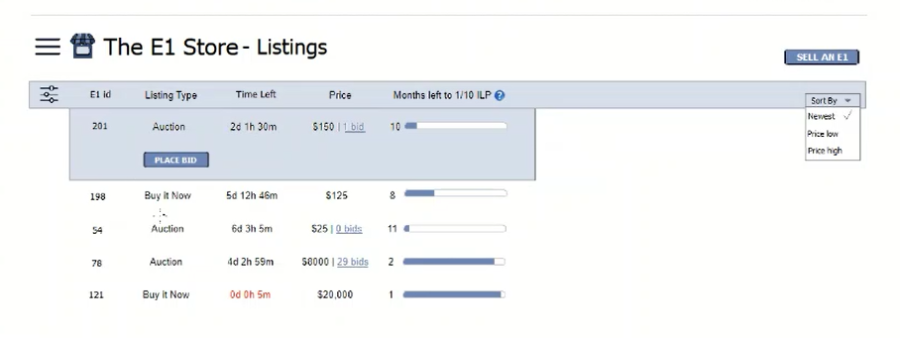

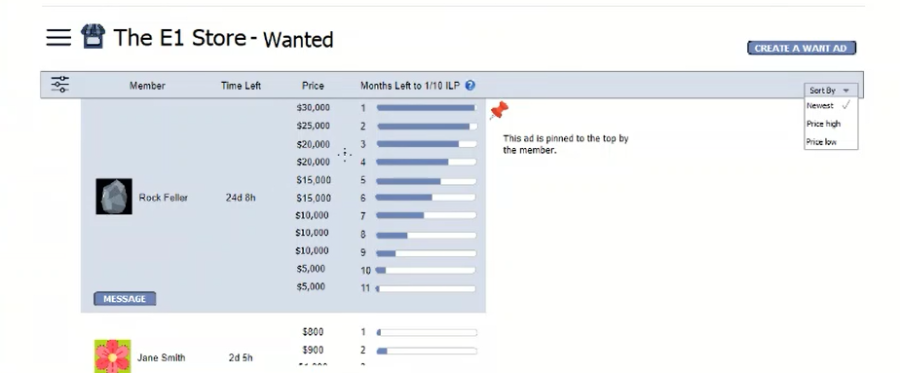
.png)





.png)




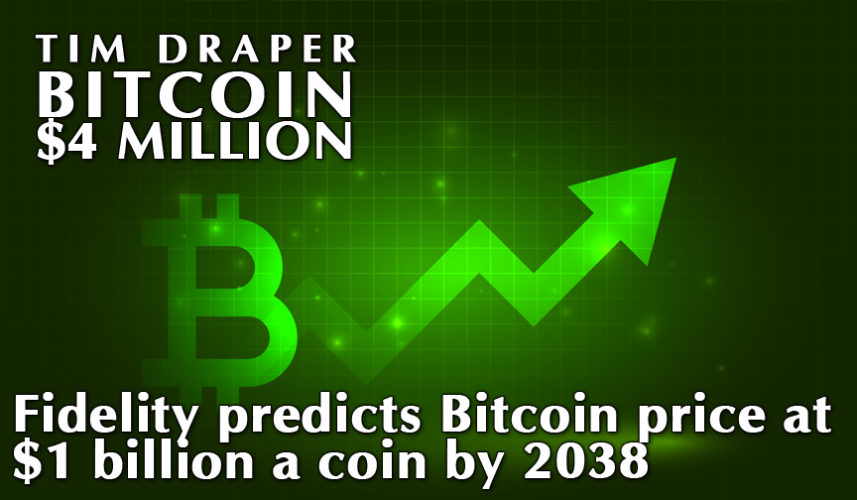

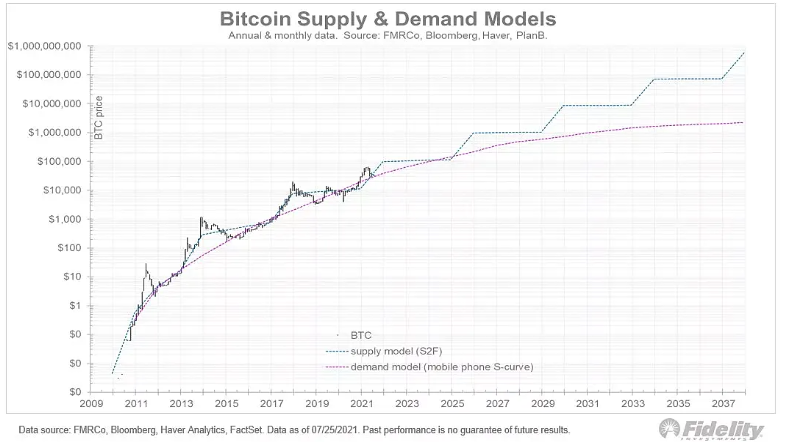
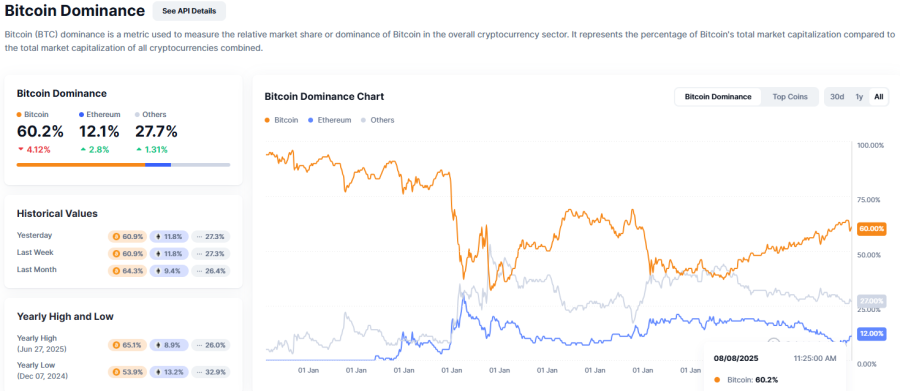

.png)




.png)




